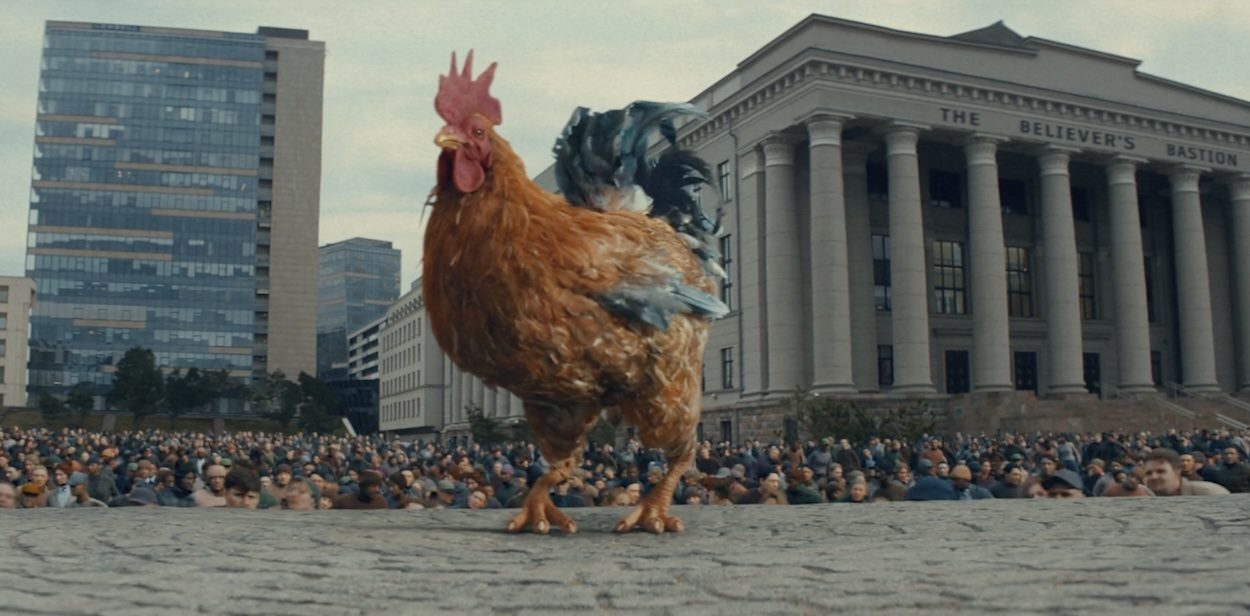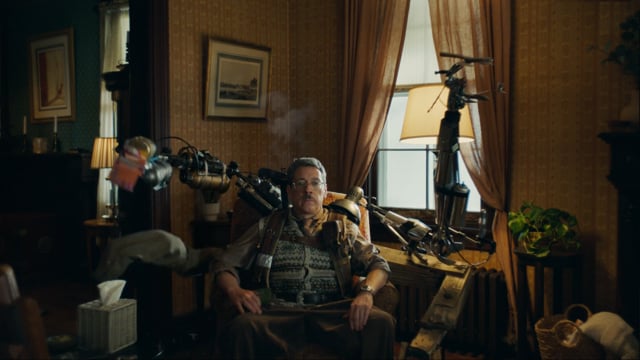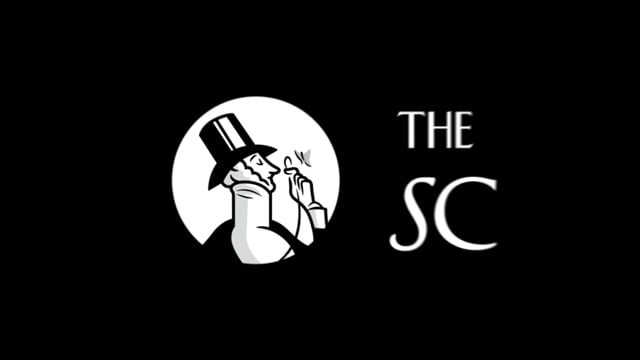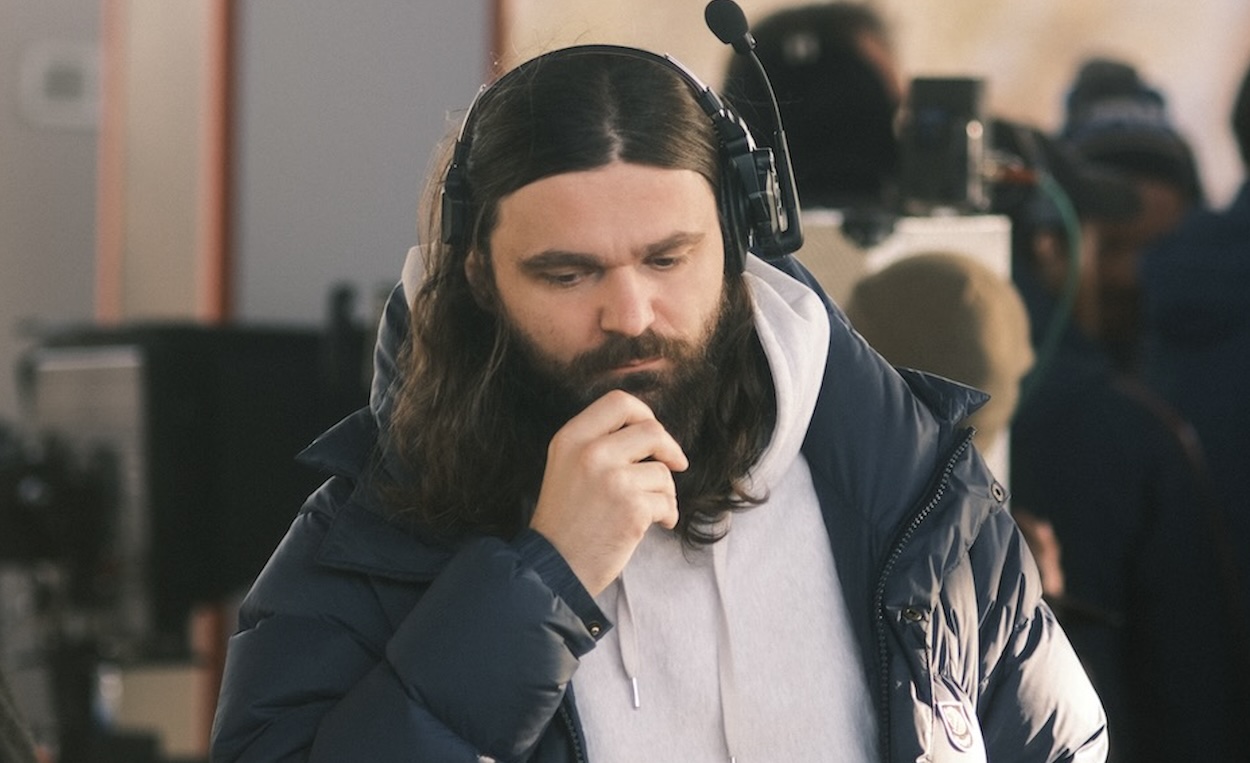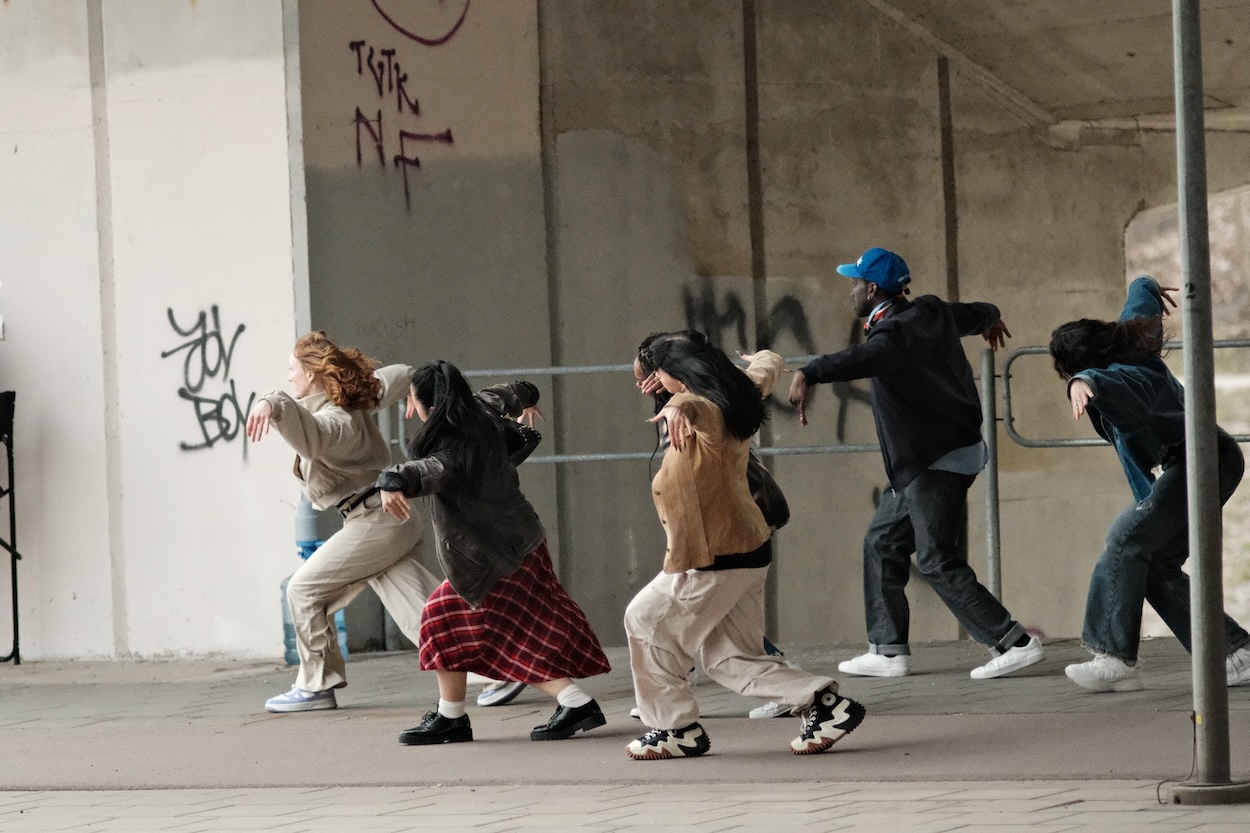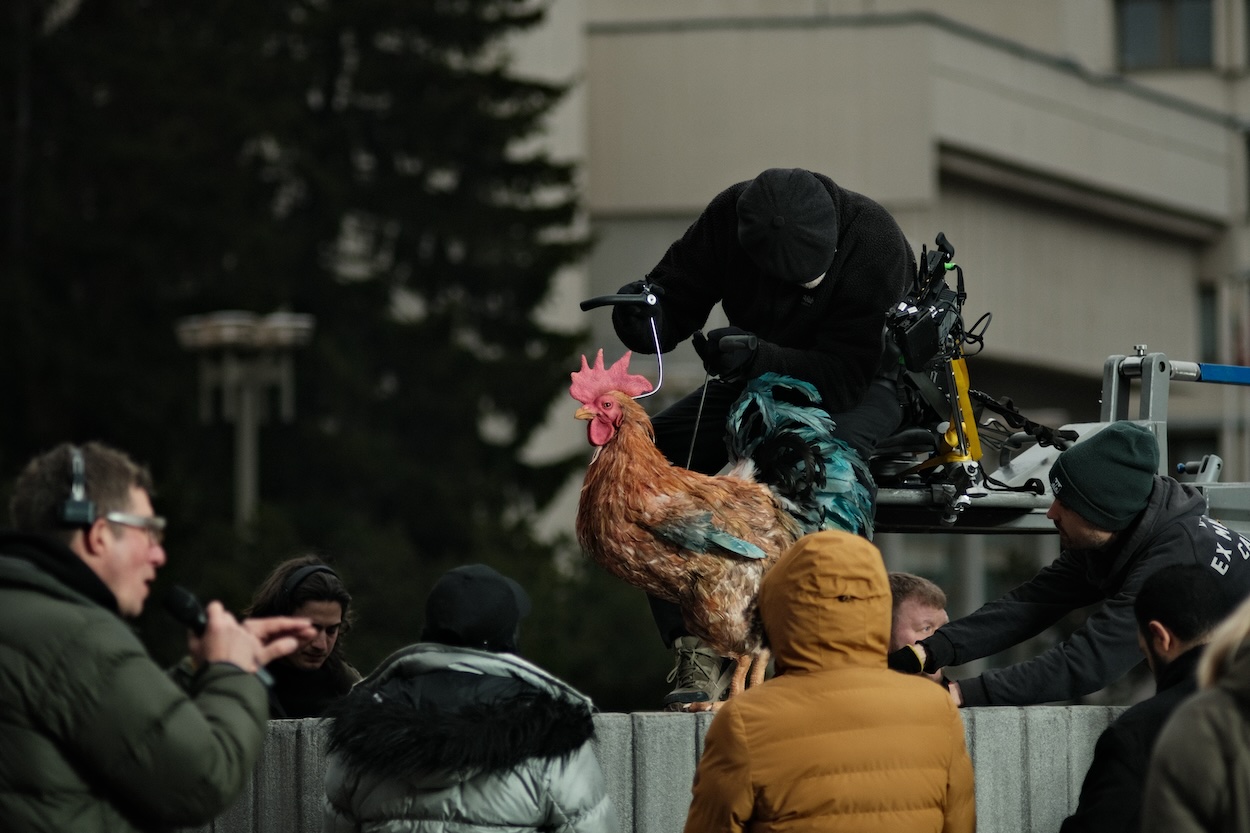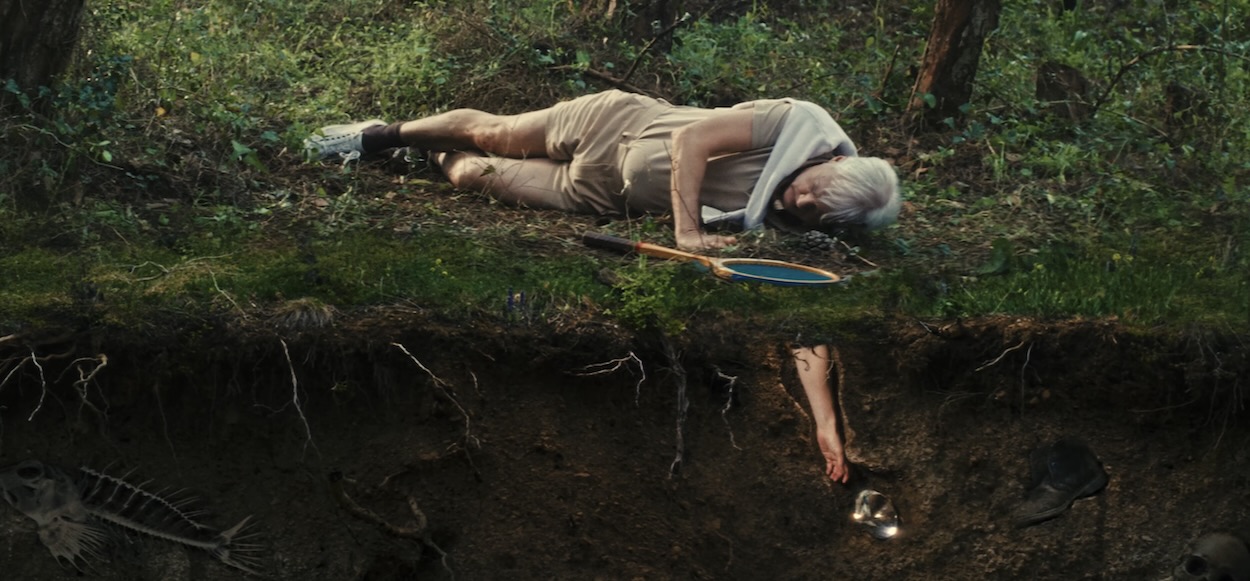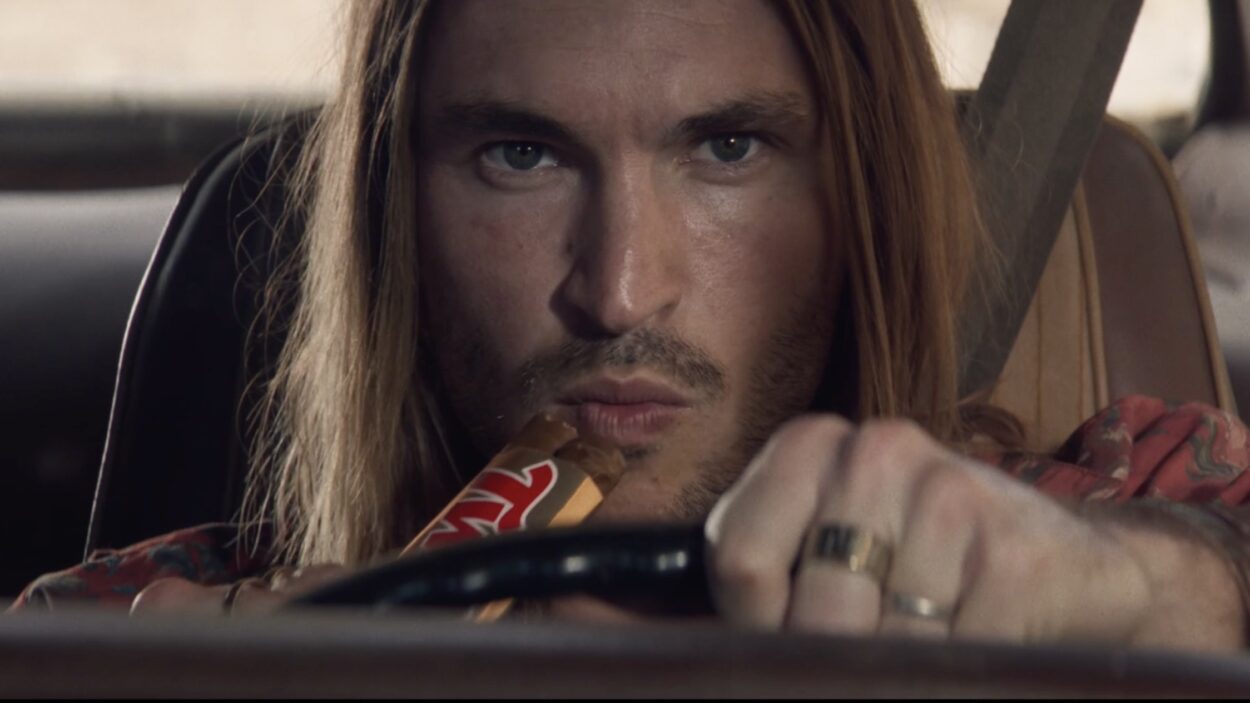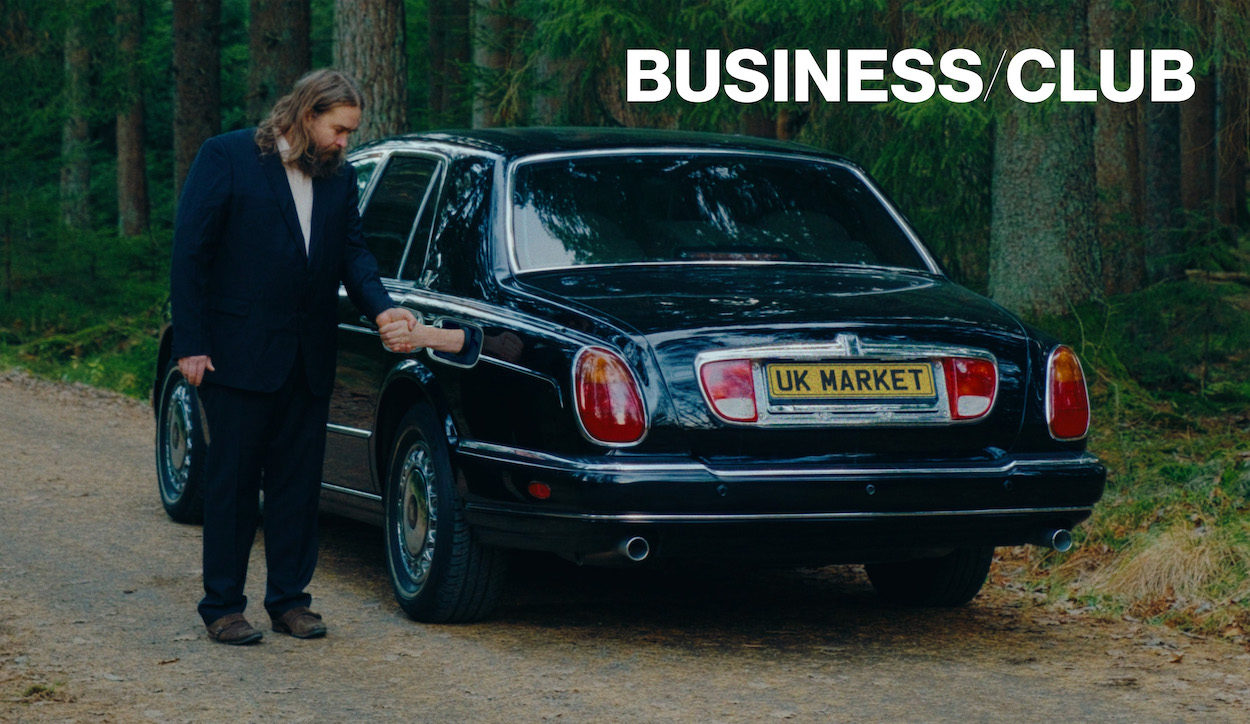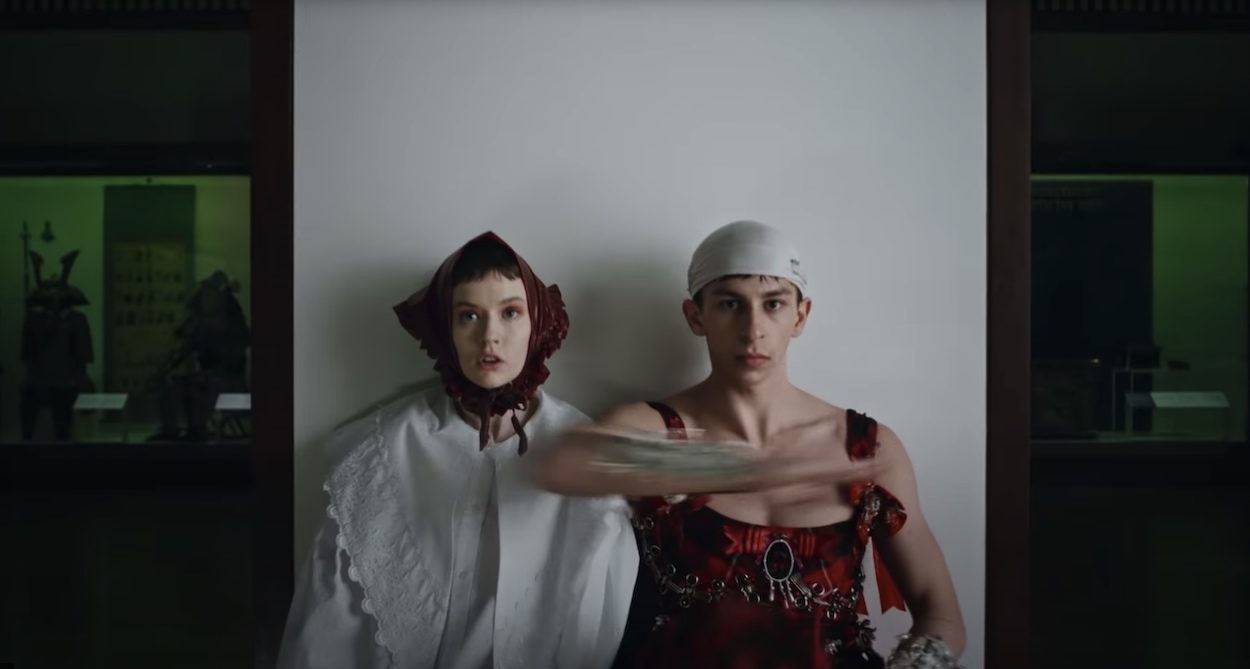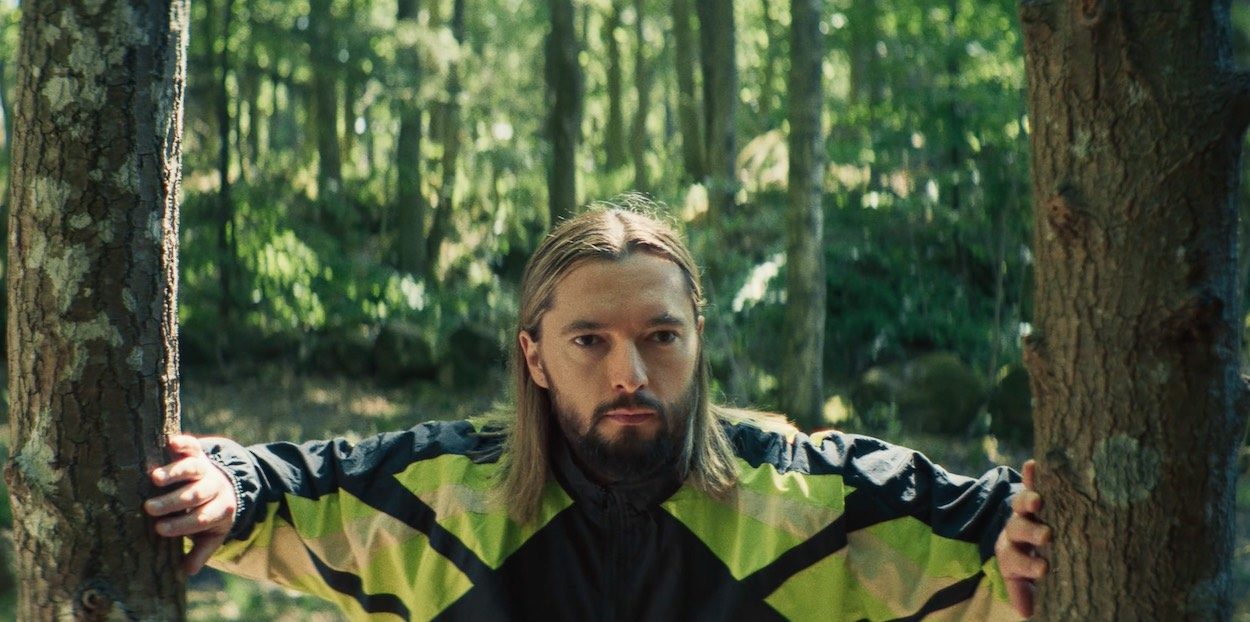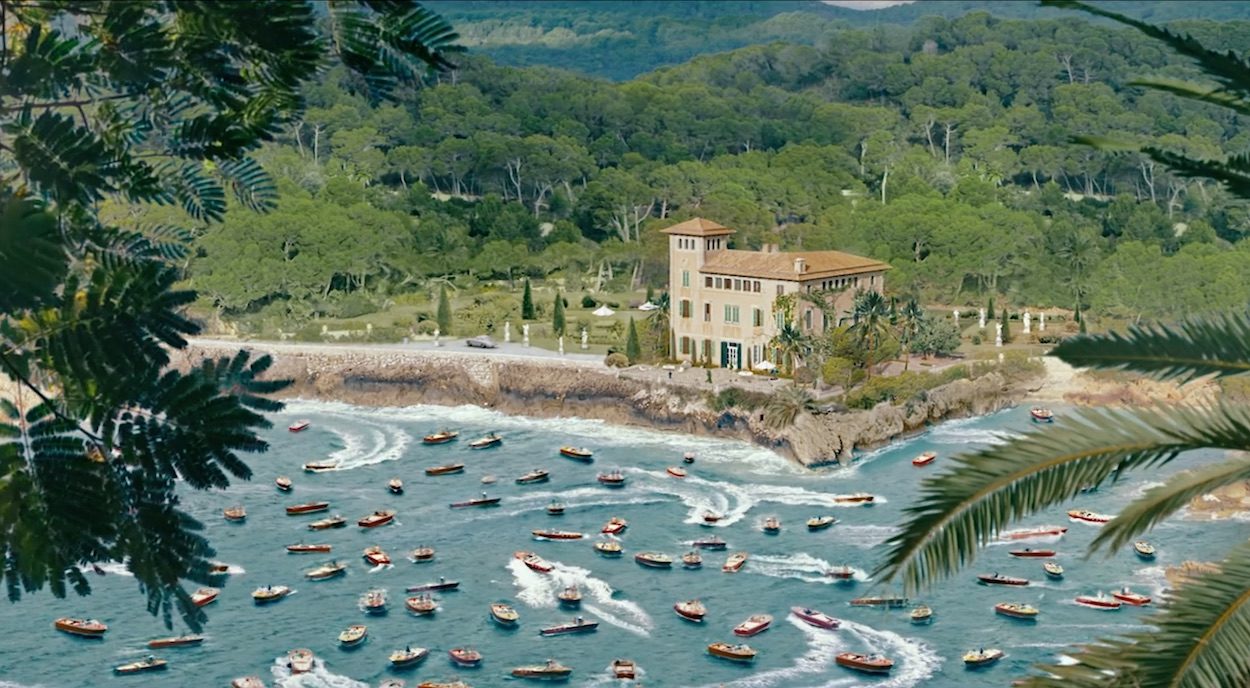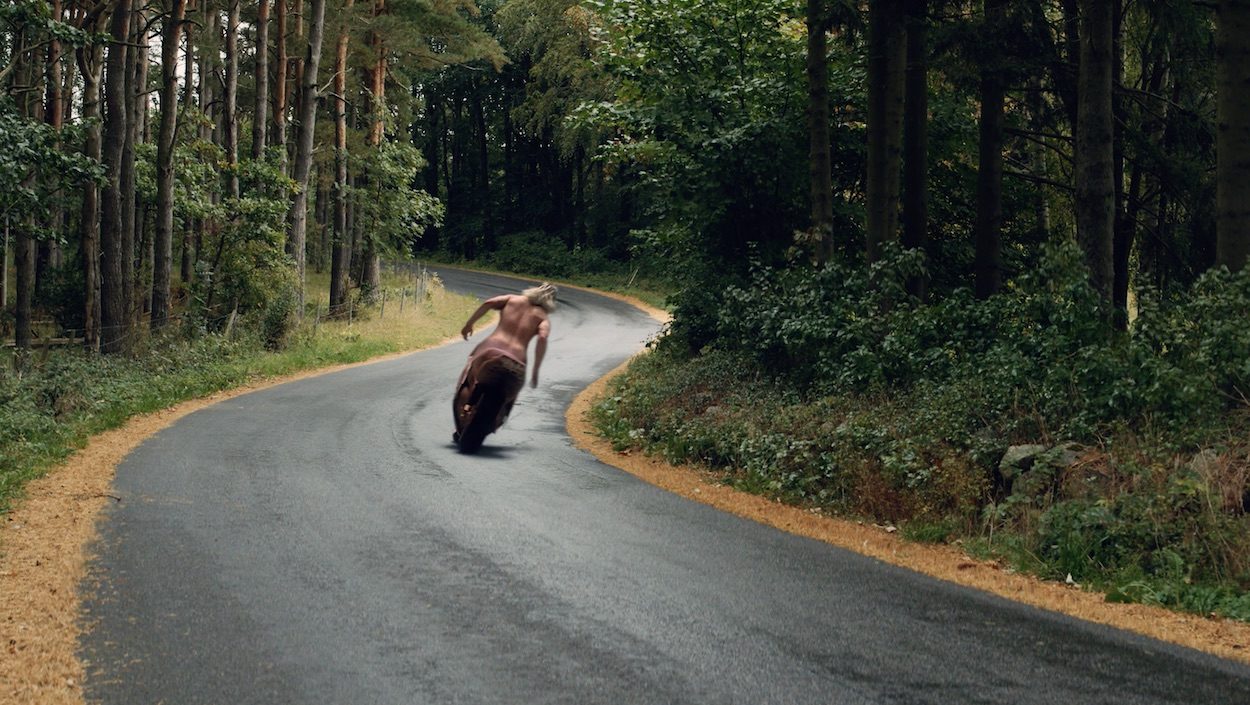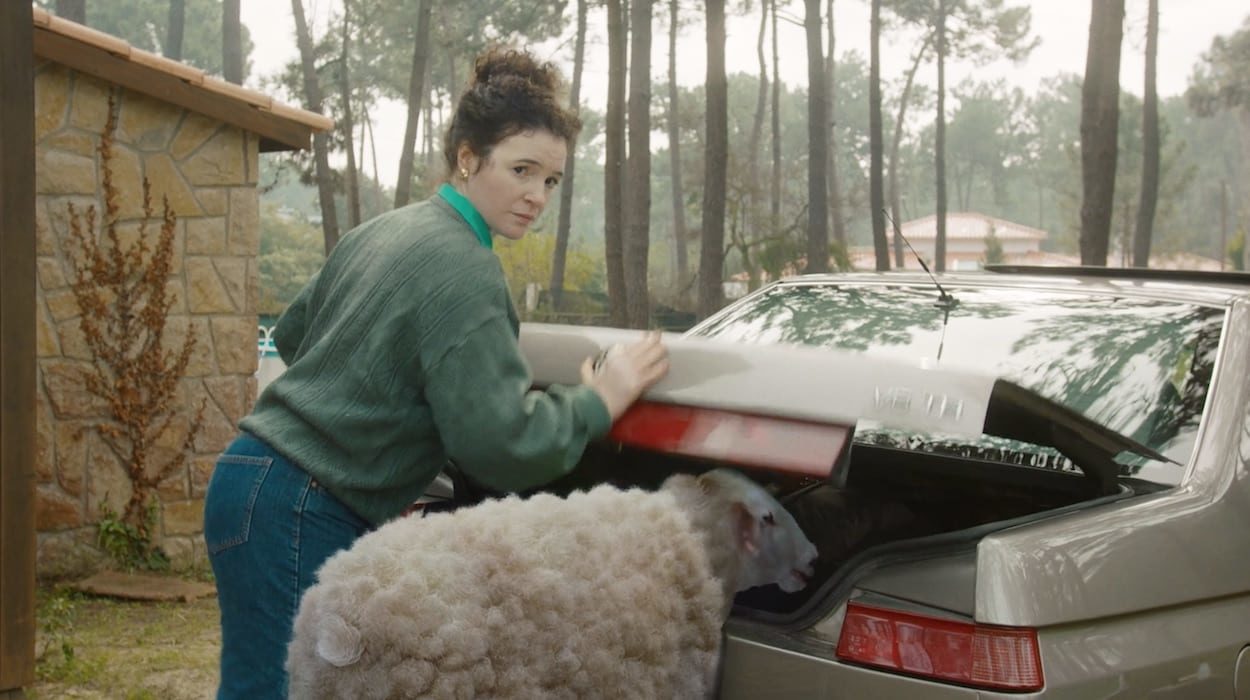You’re originally from Bosnia and came to Sweden as a refugee – can tell us a bit more about that experience, and how it’s shaped your approach as a filmmaker?
The refugee experience hasn’t influenced me that much, at least not on a conscious level. I’ve had an ‘It is what it is’-kind of relationship with that experience. But having two cultures simultaneously in my head has been a blessing for sure. Especially since they are so vastly different. I can really see how some of the institutions of each culture are a complete enigma to the other.
You started off doing documentaries before moving into short films and music videos. One of your best-known collabs is a trilogy of music videos with fellow Bosnian Salvatore Gannaci, which feel like a more twisted version of the Brothers Grimm fairytales, complete with a moral lesson. How much did you draw on traditional folk tales and mythology? What else inspires you?
I have a very troubled relationship with stories that convey a strong, clear message or a moral stance. I love films from the 80s and 90s that did that shamelessly, but I really struggle to do that myself. So I have ventured into stupidity. Folk tales are great at moral lessons, because they are intended mostly for kids. I kind of borrowed the shameless confidence of “telling a truth”, but I try to tell it to people that won’t believe it.
Serious business, Vedran on set for Believe in Chicken
You’re known for strongly surrealist work, and have admitted “your tolerance for the absurd is pretty high”. Do you start from a place of pushing the envelope as far as possible and seeing what you can get away with, or the other way round, building up the absurdity in increments? And how important is the element of humour?
I always try to push. But never towards the absurd. At least not consciously. I don’t consider my stuff to be strange, in my head I’m only considering if a thing is good or fun. Ok – I have to admit: ‘is it stupid?’ is also on the menu. But definitely, one has to build in the unexpected in increments. For example, I don’t build fantastical worlds, because it makes the peculiarities less expected.
I think humour is very important. It helps the viewer suspend their disbelief so you can tell whatever story you want and they will stick through it. But only if the humour is funny. Otherwise, you can aggravate their disbelief.
Your work is peopled with odd, often grotesque characters, from Boycycle to Vegemama. What comes first, the character or the narrative?
Generally, it’s the narrative. But they definitely go hand in hand. I like to have insane events happen to mundane people. So they are inseparable. Someone once said: ‘Story is character’.
They were not lying. At least not on this exact occasion.
KFC cast winging it
We love your new spot for KFC, Believe in Chicken – it’s a big, cinematic commercial that still feels very true to your aesthetic. Tell us a bit about the script – did you instantly know how you were going to approach it?
I didn’t know from the get-go – but when I started exploring music, I instantly knew. I felt it had to be a piece with a strong musical component. So I ventured down that path. And it struck me how I’ve really missed working with a track. It also kept me more composed in the sense that I didn’t feel the need to shoehorn in jokes the whole time. The track and the movement will bring the story forward.
I probably spent as much time with the music as I did on the film. Making the track involved a lot of analog equipment and slowing and retiming loops. But it was a very rewarding process. Adding specific sounds for a specific move in the film really helped glue the sonic with the visual.
As soon as I made the first draft of the music, I had one choreographer in mind – Sven Lesoria from Paris, who I’ve tried to work with for some time, but we couldn’t find the right project. The style of dancing he does is like nothing that exists out there, he and his friends have developed it themselves.
What did pre-production look like on the KFC spot? You’re known for detailed animatics, was this plotted out frame by frame? How much was shot in-camera versus done in post?
I always do animatics. Even if it’s just for myself. The process is always exactly the same: I think I have too many scenes/elements/jokes that won’t fit in a specific length of a film. Then I do an animatic. This is when I really find out that they won’t fit. Then I deny the animatic for some time, hoping that God will solve this problem. After some time, I remember that I’m an atheist. I then sit with the animatic in agony. I try not to show it to anyone. It’s mostly a tool for self hatred. But animatics are great because it feels good to see all the problems you foresaw materialize.
Thankfully I was working with some very talented people at Black Kite and Fixas (who did the animatronic). We had an in-camera approach throughout, so a lot of things were practical.
Things had to be put together without sacrificing the in-camera feel, and Black Kite did not hold back.
AI looms large as a malign influence in the ad, but how do you personally feel about the technology? Is it a facilitator or destroyer of creativity?
I had very high hopes initially. I figured I’d be the first one to lose my job, since I write stuff that feels like an AI during a brain haemorrhage. But I haven’t had any success with AI. It’s just not creative. I can predict what it’s going to write 10 out of 10 times.
I’ve tried to prompt it with ‘writing in the style of a specific author’ – and it would get the words right, but the content would still be bad. But it’s a very interesting development, because if they do get it right, then people will not want to consume the content. That’s what’s strange about AI, as soon as something becomes easy to do, no one wants to see it anymore.
What motivated your recent move from Riff Raff to Business Club – and how are you enjoying being part of a much smaller operation, with just yourself and Tom Noakes on the roster?
There are so many things that aren’t related to directing commercials that I want to pursue, and while RiffRaff has been very supportive with that, I felt that doing my own thing with some close people was the easiest path forward. Business Club has been active in Sweden for around ten years, so we’d just regroup and do a similar thing in the UK. We had an amazing start, and even though we are extremely particular about signing directors, we think we have found one that is a perfect fit. But I’m getting ahead of myself. This is future news. Come back again in the future.
The Diamond
Alongside commercial work and music videos, you’ve also directed a critically-acclaimed short film, The Diamond – how did the idea come about, and do you have any plans to make more short films?
Me and [screenwriter] Gustav Sundstrom were developing the idea that started as a napkin joke. It turned into a complete short film. Now I would be lying if I said that: The Diamond 2 – The Second Diamond was a film that we weren’t considering. Is it the franchise that everybody requested? No. But is it the one they didn’t know they wanted? Also no. Those questions producing these puny answers shall not stand in the way of the birthing of this film. It would be like parents deciding not to have any more children because the first kid was ugly.
What else are you working on at the moment?
Besides shooting commercials I’m working on my feature, making music, and getting ready to launch something completely new. It’s related to film. But it’s different. I can’t say more now.
There is no time.
INTERVIEW BY SELENA SCHLEH
INFO:
Business Club website
